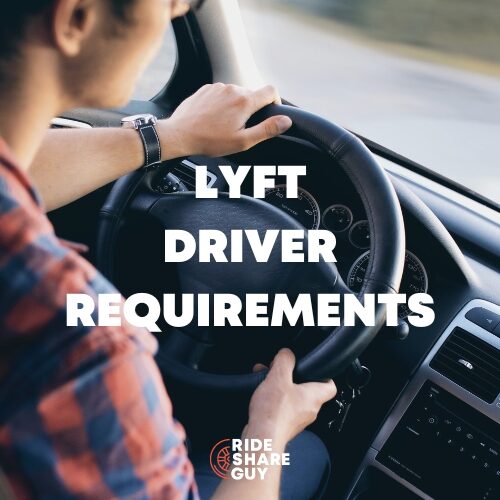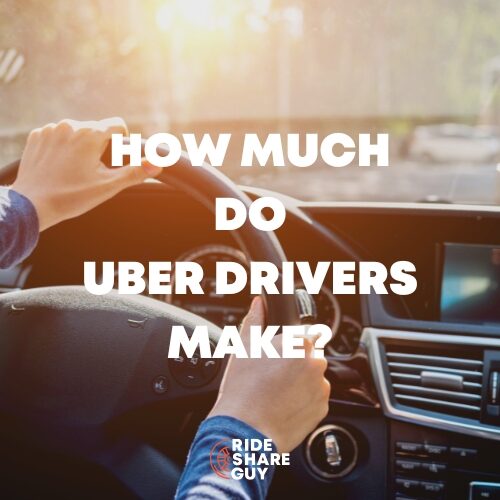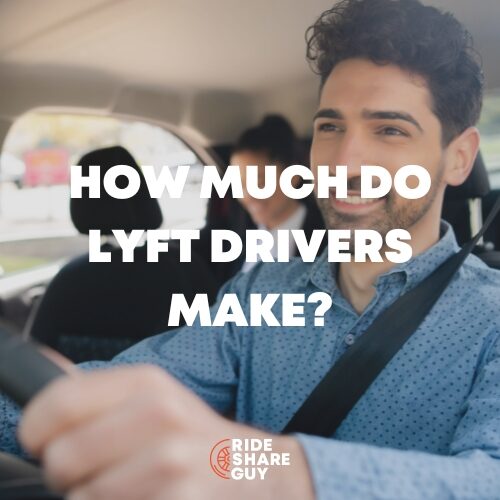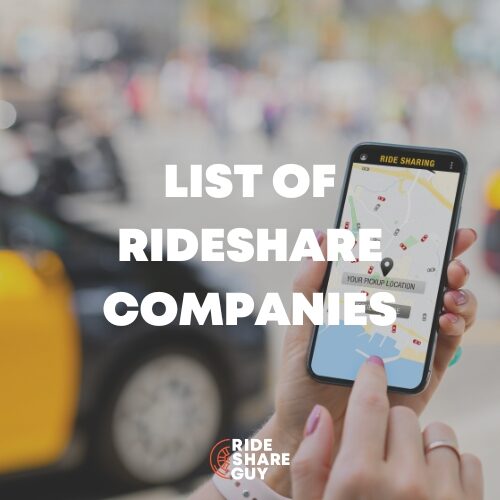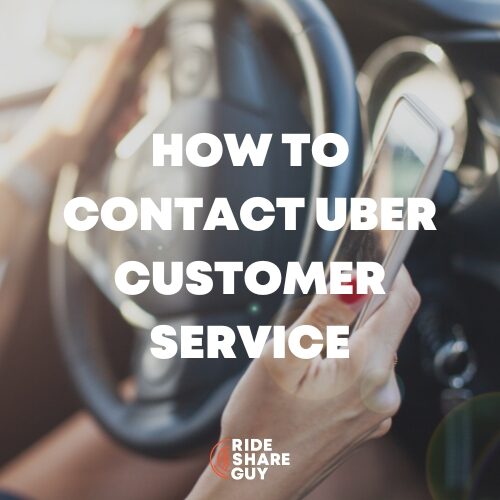Have you been evaluating your ride acceptance all wrong? That’s what contributor-at-large Jay Cradeur recently discovered when he deviated from his previous acceptance criteria – and he found it made a huge difference in his hourly earnings. Below, Jay explains what he learned and how he’s increased his earnings.
Recently, I was driving early in the morning. When I drive at 4 AM, I feel like I am the only Uber driver on the road. Once I pick up a passenger, Uber wants me to accept my next ride.
In situations like this, I can be selective in the rides I accept. I have used only one criterion for the past seven years and over 28,000 rides. However, I now realize my selection process has been limiting my profitability.
In this article, I will share with you how I evaluated rides, and now, based on dozens of rides, I will share with you how I will assess rides in the future.
My Previous Criteria for Accepting Rideshare Requests
Up until recently, I have based my ride selection on one thing: how close is the next ride in terms of minutes. When I drove in San Francisco, I used ten minutes as my cut-off point.
For example, I would not accept the ride if I received a ping and the time to my next pick-up was 12 minutes. In Sacramento, rides are not as plentiful, so I have been using fifteen minutes as my cut-off point. If I get a ping, for example, and the next ride is twelve minutes away, I will accept the ride.
New Criteria for Accepting Rideshare Requests
This weekend, I began to wonder if I should consider the time to the pickup and the time during the ride with the passenger. What got me thinking about this was a ride I took that was sixteen minutes away. The actual ride was twenty minutes, and paid over $25. I then thought, $25 for a total of thirty-six minutes? I could evaluate my rides by dividing the revenue (Uber provides in the ping) by the total number of minutes. It was one of those light bulb moments.
Testing My New Criteria
Throughout the rest of the day, I took screenshots of every ping I got. In total, I captured twenty images.
The next thing I put all this data into a spreadsheet. I wanted to see what I could glean from the data. I wanted to see the average per-hour earning for the twenty rides. This would give me a baseline to compare rides. Then I wanted to see if the pickup length, which had been my sole criterion, correlated with the highest earnings per minute.
Evaluating the Numbers
In the spreadsheet, you can see all twenty rides, which I have ranked in order of the time it took to arrive at the pickup spot. The #1 ride had a three-minute drive to the pick-up. The #20 ride had a seventeen-minute drive to the pick-up.
Both of those rides, from the ping to the drop-off, had the same revenue per hour at $24. This realization blew my mind. I have been looking at ride evaluations all wrong all this time. The time to arrive at the ride is only part of the equation. I need to incorporate all the drive time and the upfront revenue figure to get the complete picture.
The average ride, without adding in the Boost bonus and tips, pays me $21 per hour. On this day, with the boost, my rate increased to $24 per hour. The statistic that tells me the importance of the new criteria is the massive difference between the lowest and the highest-paying rides. Ride #16 only paid $11 per hour. Ride #11 paid $32 per hour. That is almost a 3X difference. And Ride #4 with the Boost paid nearly $44 per hour.
If I can figure out a way to only accept rides above the average and pass on the rides below the average, I can significantly increase my daily revenue. The question is, how do I do it?
Lessons Learned To Maximize Revenue
Here is what I did. I set my goal at $30 an hour. If I could calculate quickly enough whether I could make $30 an hour (before tips), I could be far more effective with my ride selection. To do this, I have to add the time I need to drive to the pickup and the time with the passenger in my car. I then have to divide by two; if that number is more than the upfront revenue, then I should accept.
Let’s look at Ride #6.
The total ride time is fourteen minutes. Divide that in half, and we get seven. The upfront payment on the ride is $3.46. I need a better ride for me.
Let’s look at Ride #4.
The total ride time is twenty-five minutes. Divide that in half, and we get twelve point five. The upfront payment is $18.27 (with the Boost), so this is a good ride. Most Boost rides are going to be stronger. Furthermore, the shorter Boost rides will more positively impact your profitability.
The other lesson I learned is that I don’t need to rush to pick up the passengers. My mindset up to this point in my career was to drive fast to arrive as quickly as possible. “I only make money with a passenger in the car” has been my motto.
Using this new criterion, the drive to the passenger is part of the equation. I can drive nice, calm, and relaxed, knowing I am getting paid just the same for driving to the passenger and with the passenger.
Key Takeaways
This process has been very enlightening for me. I am seeing my ride selection in a whole new light. Gone are the days of only taking fifteen minutes or closer. That doesn’t have much impact on my profitability. It only took me 28,000 rides to figure this out.
Instead, the new system of evaluating the revenue per hour allows me to maximize my revenue based on the total driving time. Probably the best part of this revelation is that I can now relax while driving to the passenger. I invite you to experiment with this technique to pick the best rides when Uber offers multiple selections. Stay safe out there.
Do you have a cut off in terms of time that you’ll accept or decline rides?
-Jay @ RSG
